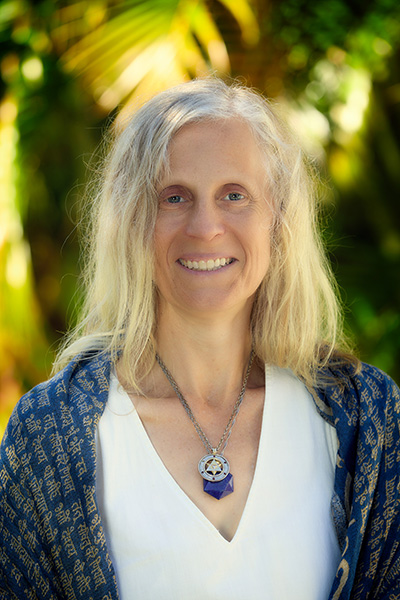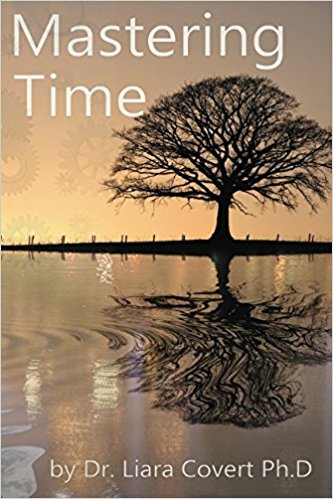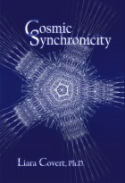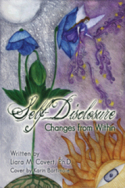Expand possibilities with Aussie-based SKA
 Friday, March 30, 2007 at 6:16PM
Friday, March 30, 2007 at 6:16PM When you think of outer space, you may consider how it inspires your imagination. Most people have dreams of some kind. We ponder our limits, projects to work toward, and the sorts of initiatives they would require. Space enables us to learn more about who we are, where we came from or what may be next. If we desire a future on Earth, it makes sense to learn to better look after it. By studying and comparing other parts of the universe, we expand our views.
The Square Kilometre Array (SKA) project will be a radio telescope with a collecting area of one square kilometre. The potential of this concept is revealed in the 1997 science fiction film Contact with Jodi Foster. You may know this was adapted from the popular novel by Carl Sagan. The film echos how humans desire to talk with and understand other planets, and how we also wonder if other civilizations exist in the universe. The 305m Arecibo radio telescope in Puero Rico seen in the film, and rows of satellite dishes are small beans compared to the billion dollar project which may soon be built in Western Australia. Who says dreams don't evolve into reality?
Groups in several countries around the world submitted proposals to host the SKA. Australia’s proposal of Mileura Station, in remote Western Australia, was a finalist along with a location in South Africa. The final decision will be made in 2008 by members of 17 countires on the SKA Steering Committee. The broad mission of the SKA will be to address fundamental questions in research on the origin and evolution of the universe. The SKA design criteria calls for a large central collecting array and additional receivers spread over continental distances. The SKA is planned to operate over a frequency range of about 100 MHz to 25 GHz and have 50 to 100 times the sensitivity of the best radio astronomy receivers currently in use. That is quite an impressive new point of reference.
The Commonwealth Scientific Industrial Research Organisation (CSIRO) is bidding to host the Square Kilometre Array (SKA), an international undertaking to build the world’s premier radio telescope. The Australian Government supports this bid, and the creation of an Radio Quiet Zone (RQZ). Appropriate regulatory support from the Australian Communications and Media Authority (ACMA) and the Western Australia (WA) Government, will strengthen Australia’s bid for SKA.
Although its too early to determine the final decision for the international SKA site, its notable levels of signals from ground-based radio-communications transmitters are very low in the selected area of Western Australia. This is favorable since little “noise” interference for radio astronomy receivers exists. Security also isn't an issue like it could become in South Africa. The CSIRO has indicated that, should an a RQZ be implemented in Western Australia, it will likely lead to other significant facilities developing in the near future. This is great news for everyone who hopes to expand a vision of the future of our planet. Looking ahead begins with each of us.










Reader Comments